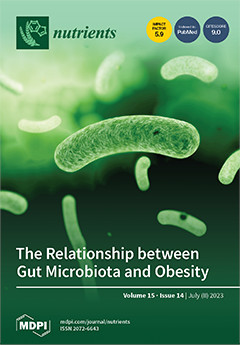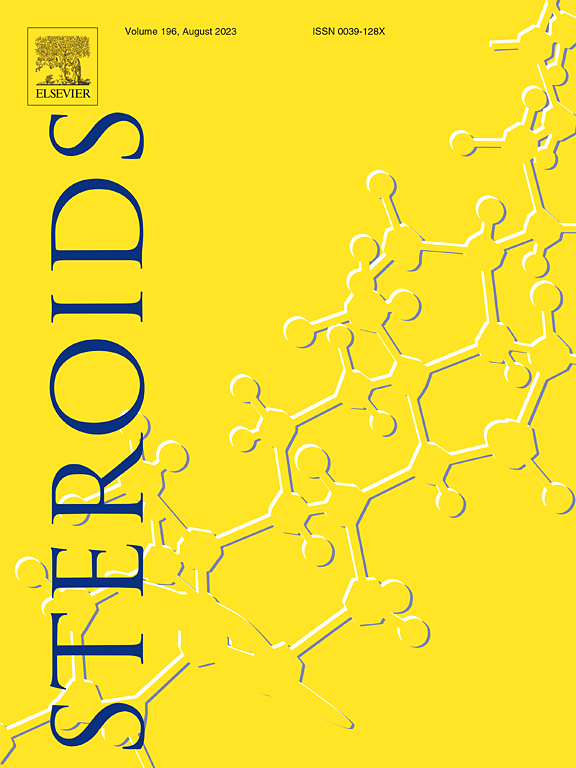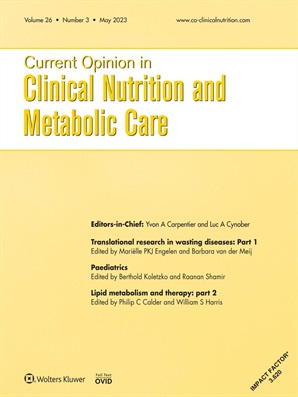Home » Publications » Page 4

Julia Jarosławska, Carsten Carlberg
In Vivo Regulation of Signal Transduction Pathways by Vitamin D Stabilizes Homeostasis of Human Immune Cells and Counteracts Molecular Stress
Int. J. Mol. Sci. 2023, 24(19), 14632
Vitamin D3 is a pre-hormone that regulates hundreds of target genes and dozens of physiological functions, including calcium homeostasis and the activity of the immune system, via its metabolite 1,25-dihydroxyvitamin D3, which is a high-affinity ligand for the transcription factor vitamin D receptor. In this study, we took advantage of data from the VitDHiD vitamin D3 intervention trial (25 healthy individuals) indicating that 442 protein-coding genes were significantly (false discovery rate < 0.05) up- or downregulated in peripheral blood mononuclear cells one day after taking a vitamin D3 bolus. Since more than half of the encoded proteins had “signaling” assigned as a primary biological function, we evaluated their involvement in signal transduction cascades included in the KEGG (Kyoto Encyclopedia of Genes and Genomes) database and found 88 of the vitamin D targets contributing to 16 different pathways. Eight of the pathways show an approximately even contribution of up- and downregulated genes, suggesting that the actions of vitamin D stabilize homeostasis of the physiological processes driven by the respective signaling cascades. Interestingly, vitamin D target genes involved in the signaling pathways of hypoxia-inducible factor 1 (HIF1), tumor necrosis factor (TNF), mitogen-activated protein kinases (MAPKs) and nuclear factor κB (NFκB) are primarily downregulated. This supports the observation that the physiological role of vitamin D in healthy individuals is to tone down certain processes rather than activate them. In conclusion, under in vivo conditions, vitamin D either alleviates the homeostasis of immune cells in healthy individuals or counteracts molecular responses to oxygen deprivation (HIF1), microbe infection (TNF), growth stimulation (MAPKs) and inflammation (NFκB).
View full text

Emilia Gospodarska, Ranjini Ghosh Dastidar, Carsten Carlberg
Intervention Approaches in Studying the Response to Vitamin D3 Supplementation
Nutrients 2023, 15(15), 3382;
Vitamin D intervention studies are designed to evaluate the impact of the micronutrient vitamin D3 on health and disease. The appropriate design of studies is essential for their quality, successful execution, and interpretation. Randomized controlled trials (RCTs) are considered the “gold standard” for intervention studies. However, the most recent large-scale (up to 25,000 participants), long-term RCTs involving vitamin D3 did not provide any statistically significant primary results. This may be because they are designed similarly to RCTs of a therapeutic drug but not of a nutritional compound and that only a limited set of parameters per individual were determined. We propose an alternative concept using the segregation of study participants into different groups of responsiveness to vitamin D3 supplementation and in parallel measuring a larger set of genome-wide parameters over multiple time points. This is in accordance with recently developed mechanistic modeling approaches that do not require a large number of study participants, as in the case of statistical modeling of the results of a RCT. Our experience is based on the vitamin D intervention trials VitDmet, VitDbol, and VitDHiD, which allowed us to distinguish the study participants into high, mid, and low vitamin D responders. In particular, investigating the vulnerable group of low vitamin D responders will provide future studies with more conclusive results both on the clinical and molecular benefits of vitamin D3 supplementation. In conclusion, our approach suggests a paradigm shift towards detailed investigations of transcriptome and epigenome-wide parameters of a limited set of individuals, who, due to a longitudinal design, can act as their own controls.
View full text

Carsten Carlberg
Genomic signaling of vitamin D
Steroids, Volume 196, August 2023
It took several hundred million years of evolution, in order to develop the endocrine vitamin D signaling system, which is formed by a nuclear receptor, the transcription factor VDR (vitamin D receptor), its ligand, the vitamin D3 metabolite 1α,25-dihydroxyvitamin D3 (1,25(OH)2D3) and several metabolizing enzymes and transport proteins. Even within the nuclear receptor superfamily the affinity of VDR for 1,25(OH)2D3 is outstandingly high (KD = 0.1 nM). The activation of VDR by 1,25(OH)2D3 is the core mechanism of genomic signaling of vitamin D3, which results in the modulation of the epigenome at thousands of promoter and enhancer regions as well as finally in the activation or repression of hundreds of target gene transcription. In addition, rapid non-genomic actions of vitamin D are described, which are mechanistically far less understood. The main function of vitamin D is to keep the human body in homeostasis. This implies the control of calcium levels, which is essential for bone mineralization, as well as for pushing of innate immunity to react sufficiently strong to microbe infection and preventing overreactions of adaptive immunity, i.e., not to cause autoimmune diseases. This review will discuss whether genomic signaling is sufficient for explaining all physiological functions of vitamin D3.
https://doi.org/10.1016/j.steroids.2023.109271
View full text

Carsten Carlberg, Eunike Velleuer
Nutrition and epigenetic programming
Current Opinion in Clinical Nutrition and Metabolic Care, 26(3), May 2023
Chromatin is the physical expression of the epigenome and has a memory function on the level of DNA methylation, histone modification and 3-dimensional (3D) organization. This epigenetic memory does not only affect transient gene expression but also represents long-lasting decisions on cellular fate. The memory is based on an epigenetic programming process, which is directed by extracellular and intracellular signals that are sensed by transcription factors and chromatin modifiers. Many dietary molecules and their intermediary metabolites serve as such signals, that is they contribute to epigenetic programming and memory. In this context, we will discuss about molecules of intermediary energy metabolism affecting chromatin modifier actions, nutrition-triggered epigenetic memory in pre- and postnatal phases of life; and epigenetic programming of immune cells by vitamin D. These mechanisms explain some of the susceptibility for complex diseases, such as the metabolic syndrome, cancer and immune disorders.
View full text







